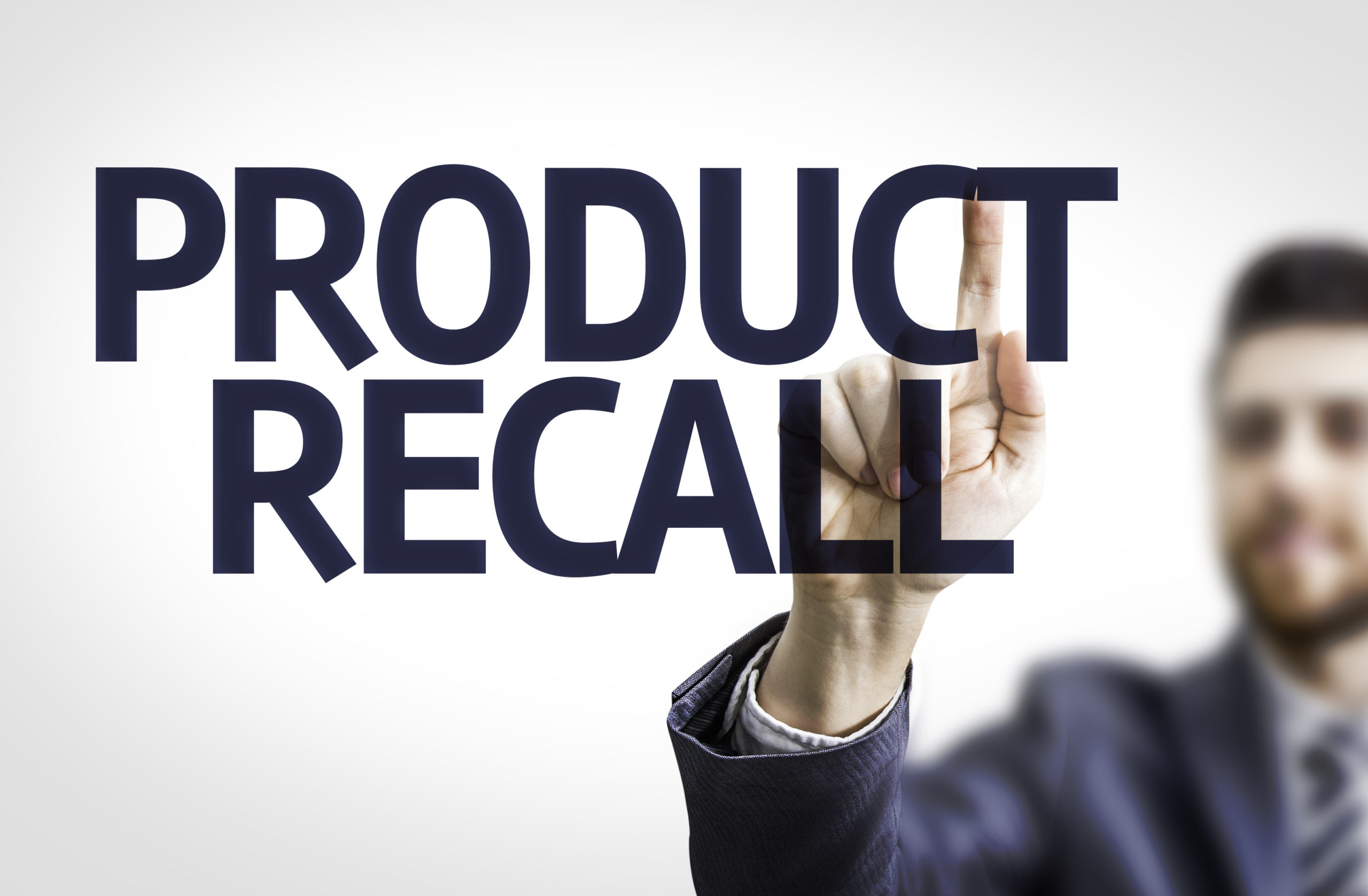Railroad Crossing Safety Tips
Each year, preventable deaths occur at railroad crossings. They continue to spark interest among lawmakers when it comes to improving safety conditions where highways and rail lines intersect.
The question of the matter is: how can you yourself stay safe when crossing a railroad?
Important Tips to Remember
A motorist is approximately 20 times more likely to die in a crash involving a train than in a collision involving another motor vehicle. In the state of New Jersey, like many states, there are railroad crossing safety tips approved by the Department of Law & Public Safety. What are these tips you should always remember to follow to stay safe?
- Never leave your guard up; always be expecting a train. Trains can operate on one or more tracks at any time in either direction.
- Always pay attention at railroad crossings, because signs and signals can be the best indicators of where to stop and when trains are approaching.
- Trains can’t swerve or stop quickly like some motor vehicles may be able to, given the situation. Passenger trains that are traveling at 80 mph take about 2,200 feet to stop. This is about the length of seven football fields!
- It is impossible for you to be able to judge the speed or distance of a moving train. They create distinct optical illusions, appearing to move slower and be farther away than they actually are, so caution should always be utilized.
- Never go around lowered crossing gates or through flashing lights at railroad crossings, because these warning devices are the indicators of whether or not a train is coming.
- Do not get caught on tracks. Be sure that there is room on the other side to completely clear tracks before you make your cross.
- The same goes for stopping on tracks – never do this at any cost. If gates begin lowering, continue to cross until you clear the tracks.
- If your car stalls, immediately exit the vehicle and get away from the tracks. Call 911 for assistance.
Recent New Safety Efforts
Recently in March of 2015, deadly railroad crossing crashes sparked the attention of lawmakers in charge of improving safety conditions where highways and rail lines intersect. Believe it or not, the number of injuries and fatalities in railroad crossing accidents have fallen by half in the past two decades – these are great numbers! However, 250 people still died and 929 were injured in 2,087 collisions in 2013, which was the most recent year of complete federal government statistics documented. Although the numbers may have decreased significantly, it is still an issue that needs to be assessed.
In one of many cases, on February 3 in New York, a driver of an SUV with five passengers was killed in a collision involving a train. Again on February 24, a Metrolink commuter train struck a pickup in Oxnard, California. This lead to the train’s engineer’s death because of his injuries sustained. It is urged that people remember one important thing: “It is much better to lose your car than lose your life.” If a driver gets stuck on the track at a crossing, they should immediately call the emergency toll-free number posted at the crossing after exiting the vehicle and getting out safely. There are many precautions to be taken to prevent injury or death from these accidents.


















